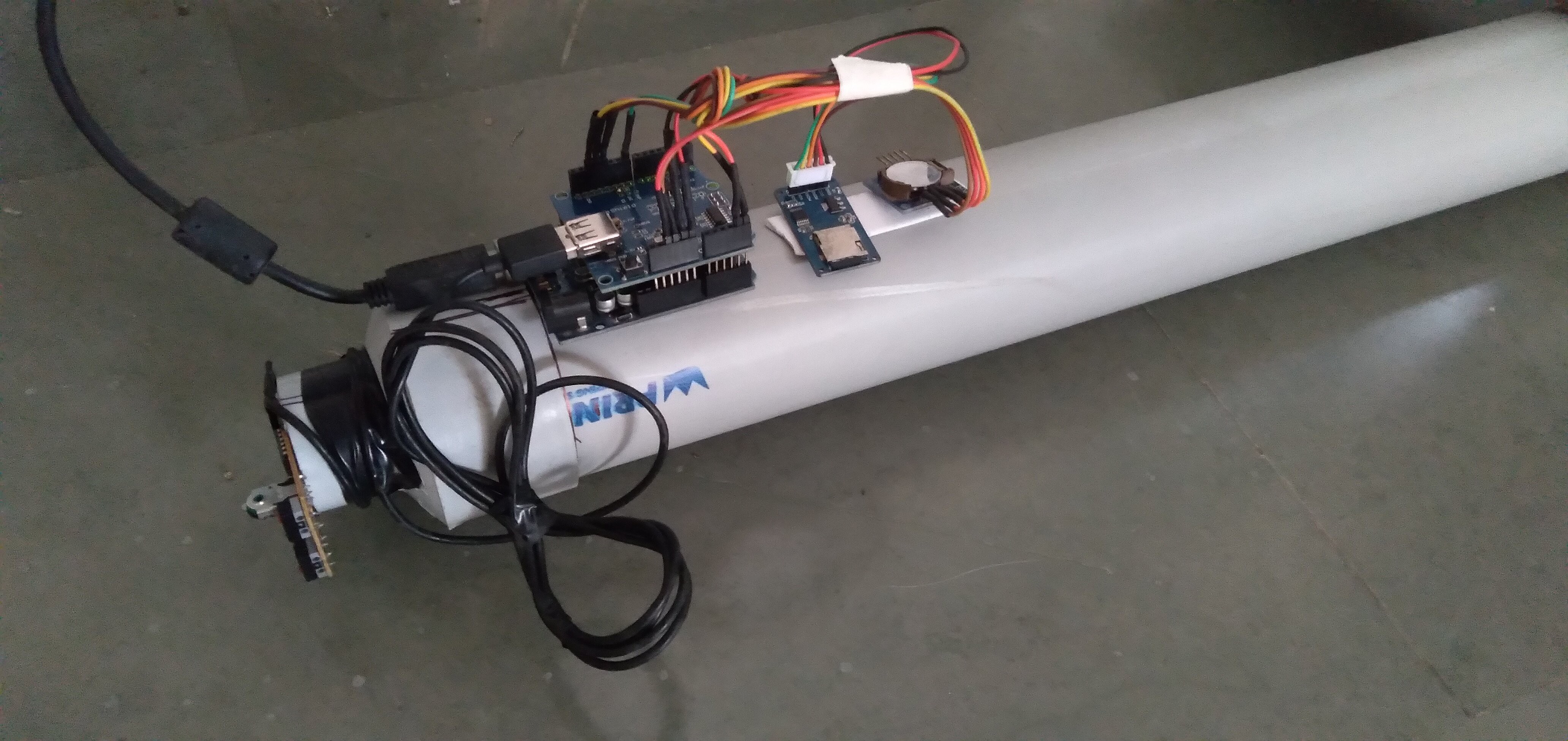So its all about the optical mouse's superb built-in camera and the way it detects movements. You can see some detailed explanation in this article here. The built in camera takes about 3k+ images per second of a small region directly beneath the mouse. And then it subtracts each image from the previous to identify if the image has shifted due to a shift in the mouse's position. This shift is detected and that is what is reported to a computer.
If you have used a camera, how difficult is it to keep it steady when the object is too far? Similarly how difficult it is to keep steady if its a macro shot of small objects, right? When one goes towards higher and higher magnifications in a microscopy setup, you can see that its harder and harder to keep the image still, because of 2 reasons, A) Seismic vibrations are everywhere and B) The magnification also magnifies the vibrations on the formed image by the same amount. So a 1000x microscope will magnify a feeble ground vibration 1000 times in a formed image (interesting article here on this subject). Just the touch of your hand on the device can disturb the image. So while microscopes are rigidly constructed to prevent vibrations from causing a shift between the object and the imaging system, and labs invest tons of money to keep their microscopy apparatus on vibration free platforms, we on the contrary want to make a 'flimsy' microscopy platform which is very susceptible to vibrations. The image sensor is our optical mouse which tries to find if the image has moved and by how much, while the remaining part of the 'flimsy' microscope amplifies any vibrations on a non-rigidly coupled object plane.
A (long) video explanation of this trick (our innovative contribution to frugal seismography) can be found here:
We made many models and experiments before settling in on a design where the ease of making was an essential feature. This conscious decision is driven by the idea of frugal science where the components as well as the methods and skills needed to make something are carefully oriented towards simplicity. The first successful prototype we had built is explained in the video below.
In the first proto, the magnification was small and the construction was complicated. The lens used was from a 'Foldscope' microscope, the 1$ microscope developed and promoted by Stanford University's Manu Prakash. The design of the seismometer was of the Lehman type, or 'garden gate' type.
The second prototype modifies many aspects of the first, prominent being simplifying the construction of the system as well as lengthening the system to increase the magnification. Additionally, I removed the lens of the mouse itself and placed it as far as possible (limited by the illumination of the laser on the image chip). The focal length of that lens is about 1 mm or so. So keeping any brightly illuminated piece of plastic (with some surface features) right in front of the mouse lens at 1mm distance, will form an amazingly large image on the mouse sensor. If this plastic piece moves due to vibrations, then the image on the mouse moves.
Second prototype :
In the above prototypes, the mouse connected directly to a computer. However for long term recording we need something which is not dependent on another costly computer. Hence, in this version the mouse was connected to an Arduino Uno and its USB shield, a SD card module to store the data, and an RTC module to know the precise UTC time during recording. The whole device is powered by a 5V wall plug connected to the Arduino's main power input jack. The data read can be stored on an SD card and analyzed later.

The code to run on the Arduino can be availed here. It is still a work in progress and many issues need to be addressed.
Next?
While this project works, there is much stuff to do.
- Try to update the device with a high DPI gaming mouse (see project logs for info).
- Record lots of data and see if this device is actually detecting distant earthquakes.
- Data recording should be timed properly and only the displacements should be stored so that analysis is accurate. In my experiments 5ms would be a nice sampling rate (corresponding to 200 hz seismic freq. sensitivity). But i can only mange 10 ms as of now.
- Improve the magnetic damping as it is still very much underdamped.
- Store data in the internationally acknowledged miniSeed format.
- Calibrate the vibration coordinates with actual ground movement.
- Make is easier for school kids to make it.
Team
I make most of the hardware in the original team from its inception a year back (2020). But i am luck to have the support and discussions and mentorship of the following members of my team- Nish Kothari, Sumithra Surendralal, Cecilia Herbert, Kishore Panaganti, John Beale, Manish Kumar and of course the Frugal Science community.
 Subir Bhaduri
Subir Bhaduri